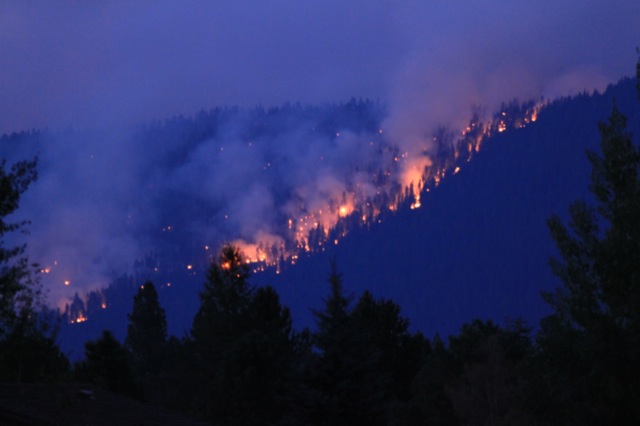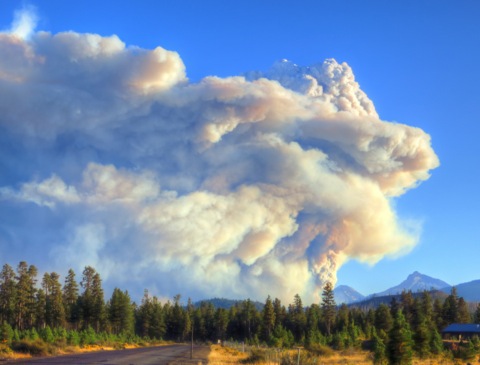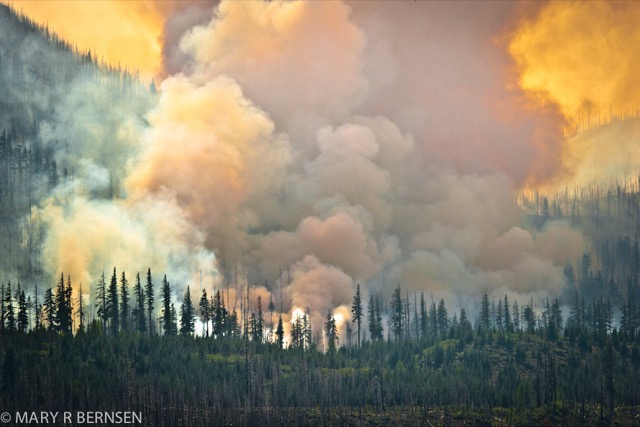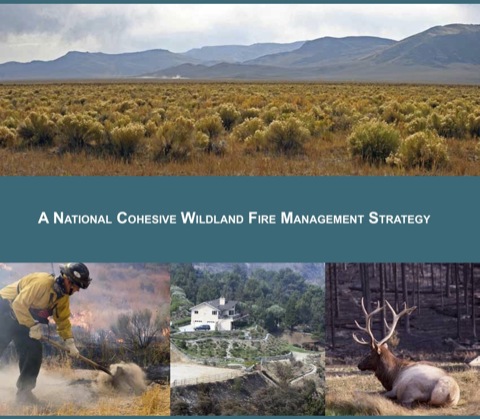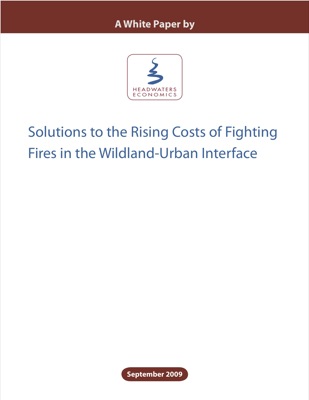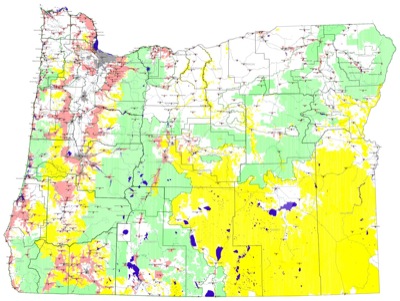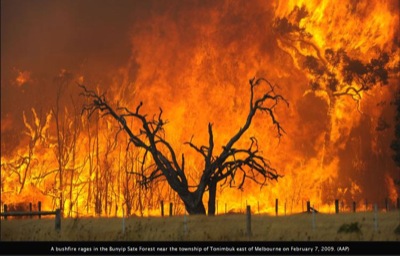It’s hot and dry in Central Oregon, and a lightning storm on July 31 lit at least 48 fires in or around the Deschutes National Forest. Forest Service firefighters quickly suppressed all but one of them; unfortunately, a 58-year-old firefighter named John Hammack was killed when a tree fell on him.
Fires burning on Green Ridge Sunday night, August 4. Click image for a larger view.
The one fire still burning is about seven miles from the Antiplanner’s home and within view of my back deck. So we’ve been treated to a parade of helicopters and air tankers of various kinds attempting to control the fire. The Forest Service reports that it is spending about $200,000 a day, but the fire grew 90 acres Sunday and 175 acres Monday.

